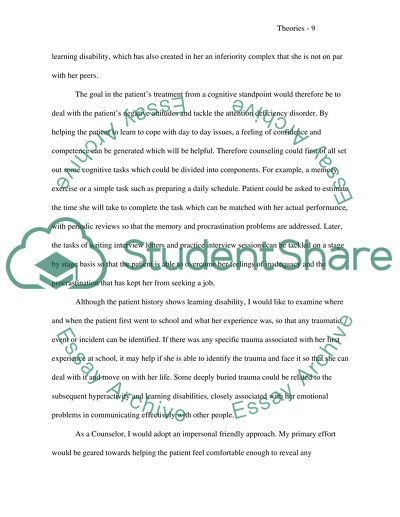Cite this document
(“The cognitive theory approach Essay Example | Topics and Well Written Essays - 2000 words”, n.d.)
The cognitive theory approach Essay Example | Topics and Well Written Essays - 2000 words. Retrieved from https://studentshare.org/psychology/1535288-the-cognitive-theory-approach
The cognitive theory approach Essay Example | Topics and Well Written Essays - 2000 words. Retrieved from https://studentshare.org/psychology/1535288-the-cognitive-theory-approach
(The Cognitive Theory Approach Essay Example | Topics and Well Written Essays - 2000 Words)
The Cognitive Theory Approach Essay Example | Topics and Well Written Essays - 2000 Words. https://studentshare.org/psychology/1535288-the-cognitive-theory-approach.
The Cognitive Theory Approach Essay Example | Topics and Well Written Essays - 2000 Words. https://studentshare.org/psychology/1535288-the-cognitive-theory-approach.
“The Cognitive Theory Approach Essay Example | Topics and Well Written Essays - 2000 Words”, n.d. https://studentshare.org/psychology/1535288-the-cognitive-theory-approach.


